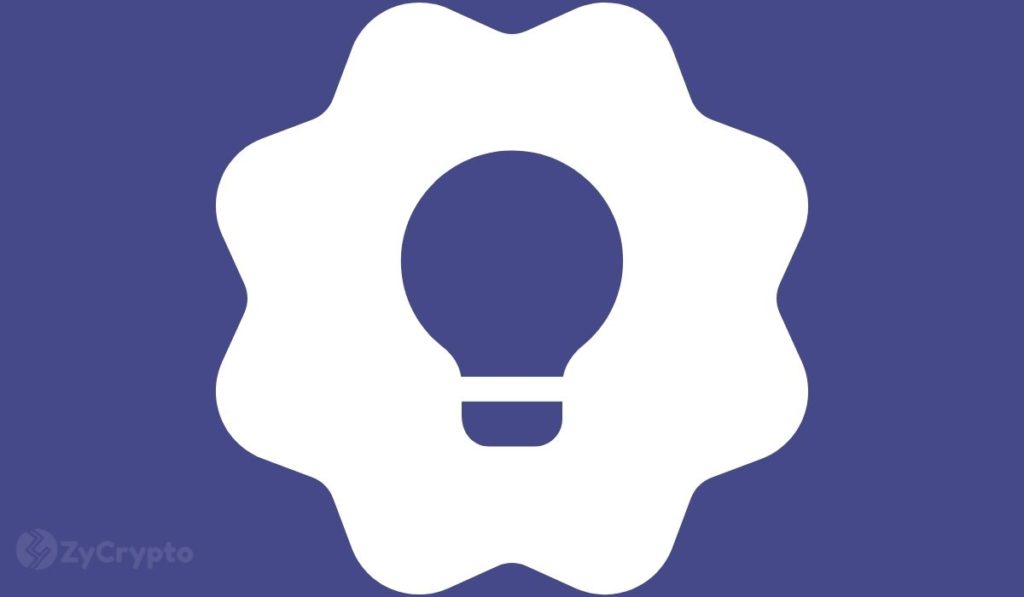Polkadot Introduces “Common Good Parachains” To Its Ecosystem

The blockchain industry is constantly evolving and introducing new products that explore the capabilities of the technology. One of the latest of these is from Polkadot, which announced its parachains, all of which are optimized to work in their own domains.
Details about the parachains have been released, including the various types in existence and how each of them works.
How the Parachains Work
Polkadot’s parachains are designed to specialize in specific blockchain-based products and functions such as smart contracts, identity, DeFi, robotics, and bridges. They are also designed to constantly interact with one another for the benefit of their users. Polkadot’s Relay Chain is limited in the number of parachains that it can support and thus, parachains have to ‘bid’ by stating how many DOT tokens they are willing to lock up in the hopes of getting chosen.
The highest bidder will be allotted a slot and their DOT tokens are held for the duration of that slot. Polkadot also has a public governance system in place in order to prevent the problem of free-riders- individual teams who do not contribute significantly to the parachain auction process but continue to benefit from the system thanks to the teams who do. Under this system, a public referendum is held before slots are allocated and voting takes place to make sure that free-riders do not receive coveted slots over more involved teams.
Types of Chains in the Network
The Polkadot Network has revealed the types of chains that exist within their ecosystem and these include system-level chains and public utility chains.
The system-level chains move functionality from the Relay Chain into parachains and the benefit of this is that administrative pressure is taken off the Relay Chain. It also makes the entire network more efficient given that validators work in small groups to validate the parachain as opposed to larger groups for the Relay Chain. By introducing the system level chains, the network will be able to process faster and more efficiently.
Public utility chains, on the other hand, exist to add new functionality to the network, and to be added, stakeholders must believe that they are promising. This is because their slot in the network would usually go to a parachain. If these chains are added, they can also adopt the native token of the Relay Chain as they perform their various functions.